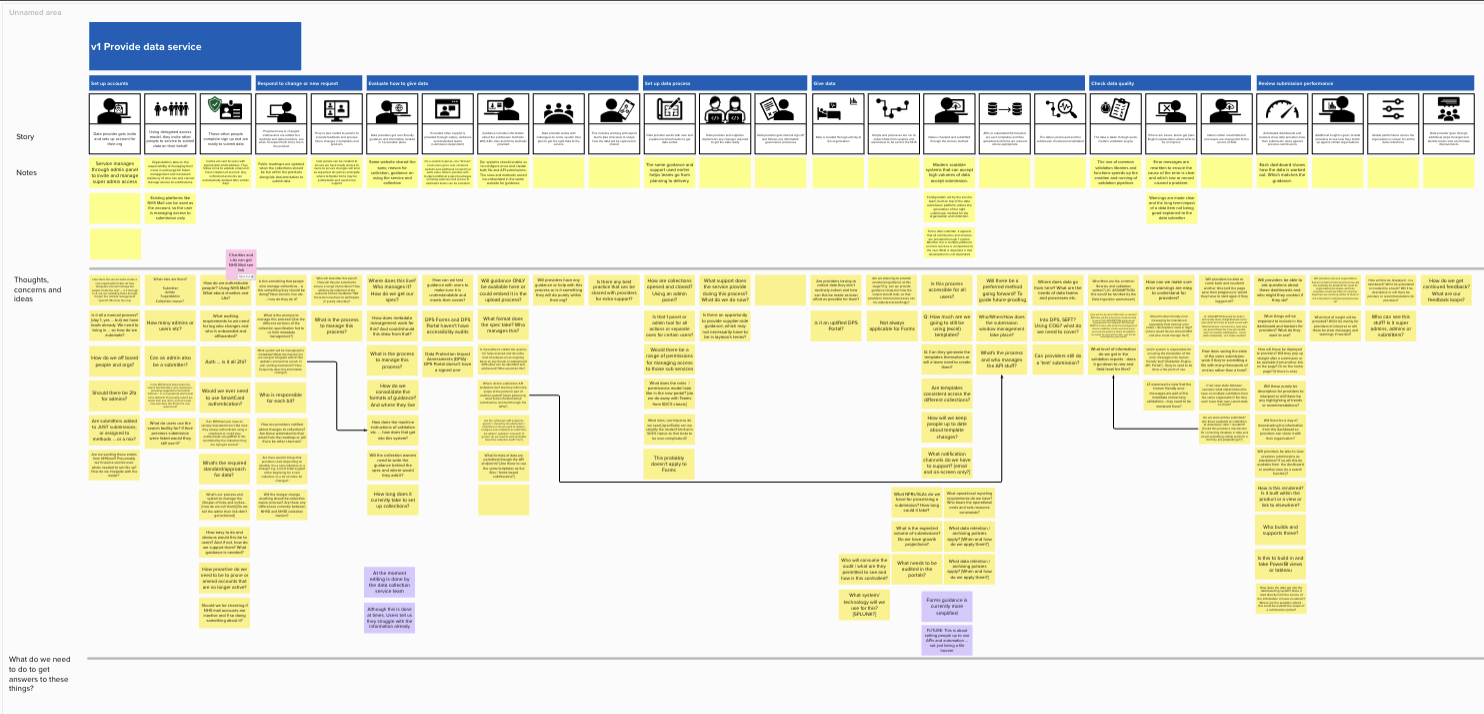It's okay to start with a stakeholder's solution. Just don't stop there
It doesn’t matter if you’re working in a complex organisation or not. It’s pretty common to work on projects where you have opinionated colleagues who have a “stake” in the product or feature working. Either to their part of an organisation or their reputation.
This can be the starting point for a lot of terrible features and ideas. Or things that sound very believable but aren’t quite right. Particularly if teams just get their heads down and do the thing they’re asked.
But this doesn’t mean they don’t understand things or their vision is invalid. Or not a starting point to use.
It’s okay to start with a stakeholder’s vision or solution. And use it as the first hypothesis.
It’s not dirty or bad practice to listen to your partners and help them work through how they see things working now and what might make that better.
Just don’t stop there.
I’ve seen so many teams waste weeks and months in turmoil because they have stakeholders with strong opinions and visions but try to define their own separate “pure” visions and plans in isolation when there’s one sitting there to try with or understand.
It’s a waste of time. And emotional energy. Because you’ll end up needing to explain why your vision will work and not the one they have in their head. And that’ll turn into a straight shootout. If you’re lucky they’ll see how to combine things. If you’re not you’ll have to throw yours out and any good ideas with it.
In GOV design in the UK I see this a lot. People will share their work or talk things through. There is often a sense of exhaustion and despair if a service or product seems to be building off a stakeholder vision or idea.
Or if they’re collecting some stakeholder’s idea as if that invalidates their user-centred credentials. It does if that’s the only thing you do. Or. If you don’t challenge, combine and explore things with your users.
Rather than avoid stakeholder ideas. Lean into it and make it part of a process. Help your partners map out their vision of how things work now and could work. And use that process to challenge, highlight risks and approaches to test those ideas. Or what possible other ideas there are to explore.
You’ll be surprised how much easier it is to talk about things when you make them clear.
Use the process to show how to take a vision and understand it and your users.

Do that alongside and with these teams and show them a process that helps them detect and understand user needs in robust ways. They’ll be responding to signals too and a desire to make something better or different for a reason. And understanding that motivation will help you to collect the right insights to prove or disprove their ideas.
Do it by using frameworks like problem statements to capture the intent behind asks. Do it by helping them visualise how things work today in user journey maps and pin where and what they’re trying to change. Do it by treating them as partners in delivering on user needs and coherent and effective services.
Do it by creating small, constant loops of progress. By creating a shared vision of how things work now and what the future could look like.
If you’re worried that this means that big ideas and new futures can’t happen. You’ll be surprised how open people can get if you’ve brought them into the process. Plus it’s a lot easier to be radical and challenging when you know what people’s current ideas and thoughts are.

User centred services start with the user and put them at the heart of your designs. But if your operational, policy, strategic or other colleagues can’t have their visions and ideas taken through that process then we’ll not make better services. We’ll just have unhelpful conflicts between teams and not create the services we’ll need to provide.
You’ll get more space and autonomy to explore the right solution the faster and quicker you gain the confidence and trust of your stakeholders and partners. You’ll also gain the space to critique and spot the risks that motivate them.
Lean into working with stakeholder ideas, solutions and visions. This is where most of the work is in complex organisations and systems. Where many people have their own visions and goals. And only by treating each other as equal partners will we be able to define the right vision and goals. And design user centred services and products.